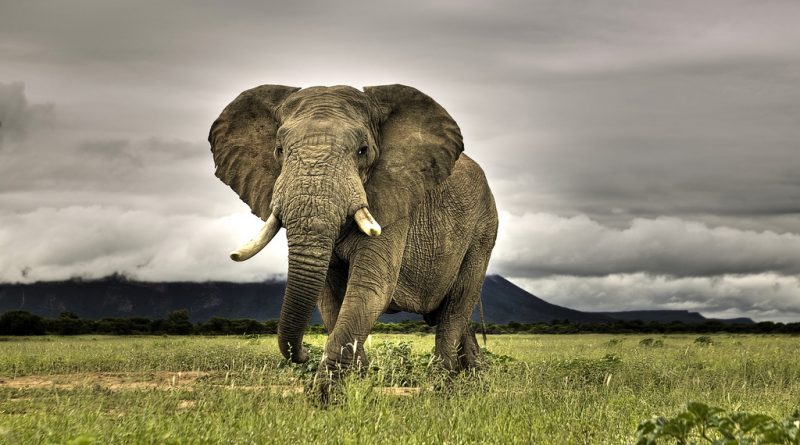Conservation in Africa: New Resolutions, Old Debates
The last Conference of Parties (CoP) of the Convention on International Trade in Endangered Species of Wild Fauna and Flora (CITES) took place in Johannesburg from 24 September to 4 October 2016. It was attended by a record number of 152 countries and it has been hailed by organizers as a “game changer,” a turning point in wildlife conservation and in the fight against illegal traffic in endangered species.
Without wishing to minimize the importance of decisions taken at the summit, when one takes a closer look at both the negotiations and the resolutions passed, it is possible to see continuity in the controversies and conflicts over wildlife management in Africa as well as some signals of change in several States’ position. Some resolutions might be pointing towards a promising direction, but others show the limited success of previous initiatives and even can be anticipating more worrying changes.
Several resolutions stand out when dealing with African conservation
Elephants became again a source of contention both inside and outside the continent. After reports of increased poaching for ivory in the last decade had been released, an agreement was reached calling all countries to close domestic markets in ivory. Even China, traditionally reluctant to some conservationist measures, agreed. But this decision cannot hide the difficulties in finding a common way to deal with wildlife and trade.
So that the resolution could be passed, the call to close internal markets is limited to countries where they are found to contribute to poaching or illegal trade. Japan and presumably some African countries will make use of this clause to maintain their markets open. Actually, South Africa, Zimbabwe, and Namibia requested permission to make a one-off sale of their ivory stockpiles, a proposition that was defeated. A contrary proposal to have Southern African elephants listed in Appendix I of CITES (the maximum level of protection) was also rejected.
The controversies over African elephants and ivory trade show the diverging views within and without Africa
Namibia, Zimbabwe, or South Africa claim to have increasing or stable elephant populations and are committed to consumptive use of wildlife: not only tourism, but hunting and trade are seen as necessary to produce income to be distributed to rural communities, to compensate for wildlife-related damages, and to finance conservation itself. Many other African states, historically led by Kenya, and part of international NGOs, anxious in front of domestic declining numbers of elephants and other game, advocate total bans on hunting and/or trade.
Votes were more or less divided along these lines, with Southern African countries voting for some relaxation of trade controls and the majority of African States and most of those outside the continent advancing resolutions to tighten them. The European Union, which was participating and voting as a Party to the Convention for the first time, did not fully support neither side. Europeans voted for the closing of national ivory markets and against the one-off sale of stockpiles, but supported Southern African States in their refusal to increase the level of protection for Southern elephants. In this, they were backed by international conservation organizations such as WWF and Traffic.
The summit also decided to engage more fully rural communities in conservation and trade control, while providing them with a greater voice in managing wildlife. This is remarkable, as community involvement in African conservation and communal management of natural resources are supposed to have been implemented for the last two decades. The decision comes at a moment when international and national institutions seem to be advancing towards a more restrictive version of conservation and a limitation of wildlife’s economic uses.
The European Parliament has recently passed declarations critical with trophy hunting. And Botswana, traditionally aligned with its Southern African neighbours, banned all hunting in 2014 and voted for the increase in elephant protection at the summit. The call for greater participation and benefits for communities will be hard to apply in a context of growing restrictions and a certain return to preservationist paradigms.
African Elephant Walking on Savanna, Marakele National Park, South Africa. Photo by miquitos / CC BY-SA 2.0
Eduard Gargallo, Post-Doctoral Researcher, Centro de Estudos Internacionais (ISCTE-IUL)
![]() This work is licensed under a Creative Commons Attribution-NonCommercial-ShareAlike 4.0 International License.
This work is licensed under a Creative Commons Attribution-NonCommercial-ShareAlike 4.0 International License.




